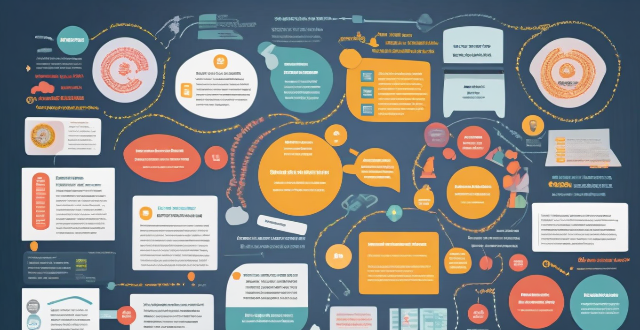The Task Force on Climate-related Financial Disclosures (TCFD) offers a framework for companies to report on their climate-related risks and opportunities. Key recommendations include identifying and assessing physical, transition, and liability risks; disclosing risk management strategies, mitigation measures, and monitoring systems; identifying market, technological innovation, and brand value enhancement opportunities; capturing business model changes, investments in low-carbon technologies, and collaborative partnerships; using consistent methodologies with standardized metrics, scenario analysis, and third-party verification; and engaging stakeholders through surveys, public forums, and transparent reporting processes.

The Key Recommendations of TCFD for Companies
The Task Force on Climate-related Financial Disclosures (TCFD) provides a framework for companies to disclose information about their exposure to climate-related risks and opportunities. Here are the key recommendations:
1. Disclose Information on Climate-Related Risks
a\. Identify and Assess Climate-Related Risks
Companies should identify and assess their exposure to climate-related risks, including:
- Physical Risks: These are the direct impacts of climate change on the company's operations, such as floods or droughts affecting production facilities.
- Transition Risks: These arise from the policy and regulatory responses to climate change, such as carbon pricing or changes in subsidies for renewable energy.
- Liability Risks: These relate to legal claims for damages caused by climate change, such as lawsuits alleging contributions to global warming.
b\. Disclose Information on Identified Risks
Companies should disclose information on how they are managing these identified risks, including:
- Risk Management Strategies: This includes policies, procedures, and processes for identifying, assessing, and prioritizing risks.
- Risk Mitigation Measures: This involves actions taken to reduce or eliminate the potential impact of identified risks.
- Monitoring and Reporting Systems: This includes systems for tracking progress against risk management targets and reporting results to stakeholders.
2. Disclose Information on Climate-Related Opportunities
a\. Identify and Assess Climate-Related Opportunities
Companies should identify and assess their opportunities related to climate change, such as:
- Market Opportunities: These arise from changing customer preferences for sustainable products and services.
- Technological Innovation: This includes opportunities to develop new technologies that address climate change.
- Brand Value Enhancement: This involves improving brand reputation through proactive environmental stewardship.
b\. Disclose Information on Identified Opportunities
Companies should disclose information on how they are capturing these identified opportunities, including:
- Business Model Changes: This includes changes to the company's business model to align with sustainability goals.
- Investments in Low-Carbon Technologies: This involves investments in research and development of low-carbon technologies.
- Collaborative Partnerships: This includes partnerships with other organizations to achieve common sustainability goals.
3. Use Consistent Methodologies
Companies should use consistent methodologies when disclosing information about their exposure to climate-related risks and opportunities, ensuring comparability over time and across companies. This includes:
- Standardized Metrics: Using standardized metrics for measuring greenhouse gas emissions, water usage, waste generation, etc.
- Scenario Analysis: Providing scenario analyses that show the potential financial impact of different climate scenarios on the company's operations and financial performance.
- Third-Party Verification: Engaging third parties to verify the accuracy and completeness of disclosed information.
4. Provide Stakeholder Engagement
Companies should engage with stakeholders to understand their expectations regarding climate-related disclosures and integrate these into their reporting processes. This includes:
- Stakeholder Surveys: Conducting surveys to gather feedback on stakeholder expectations for climate-related disclosures.
- Public Forums: Participating in public forums where stakeholders can provide input on climate-related issues.
- Transparent Reporting Processes: Maintaining transparent reporting processes that allow stakeholders to understand how information is gathered and disclosed.